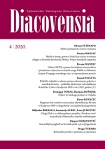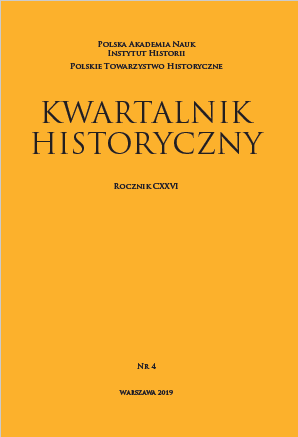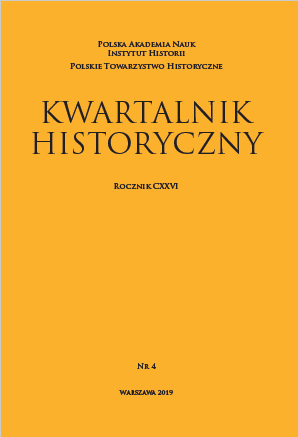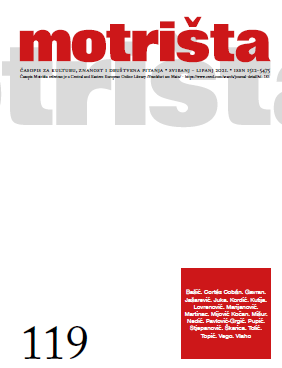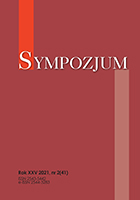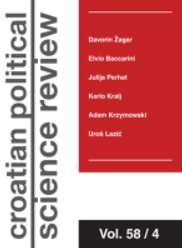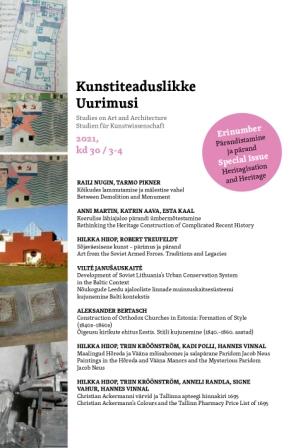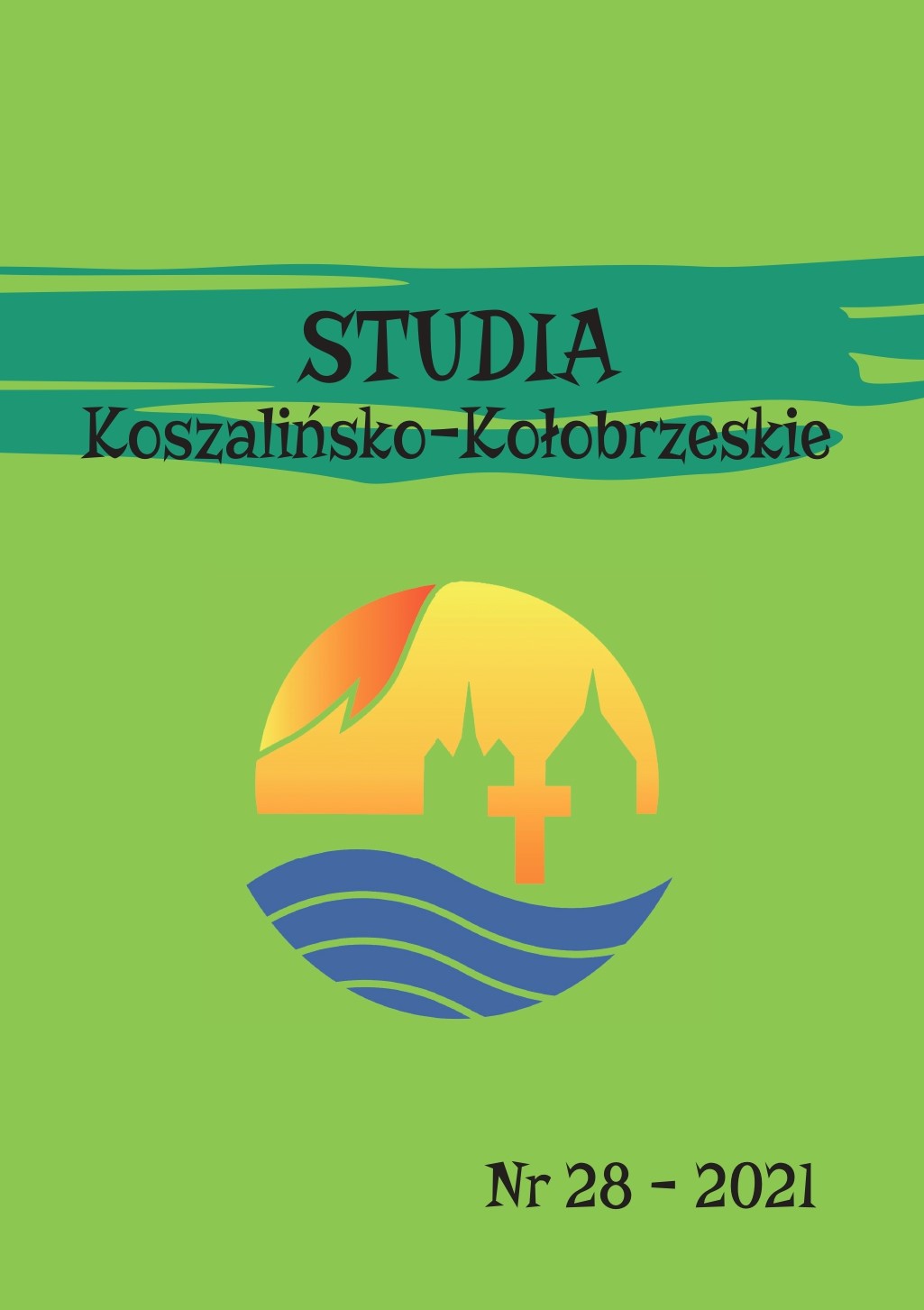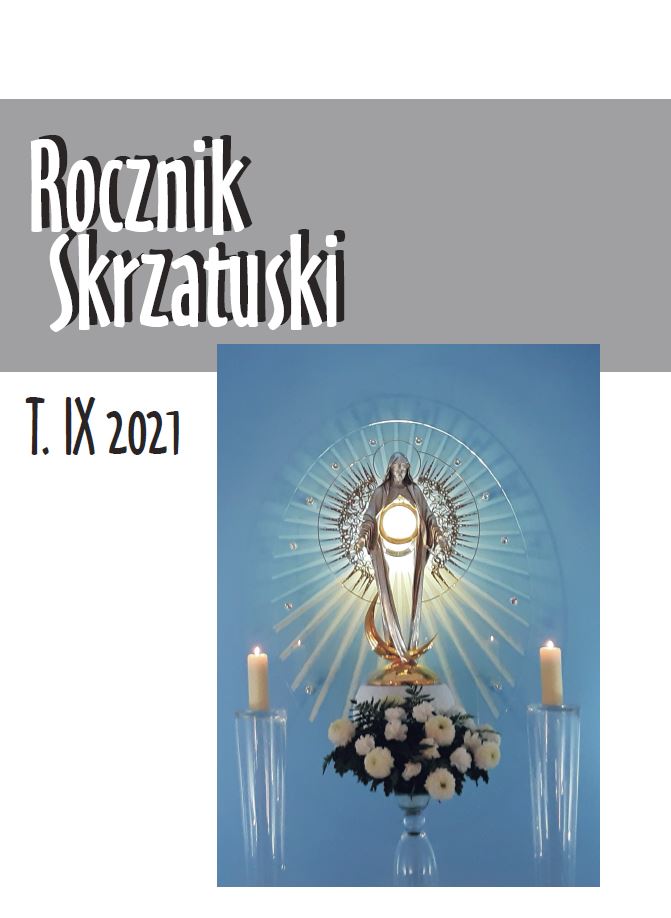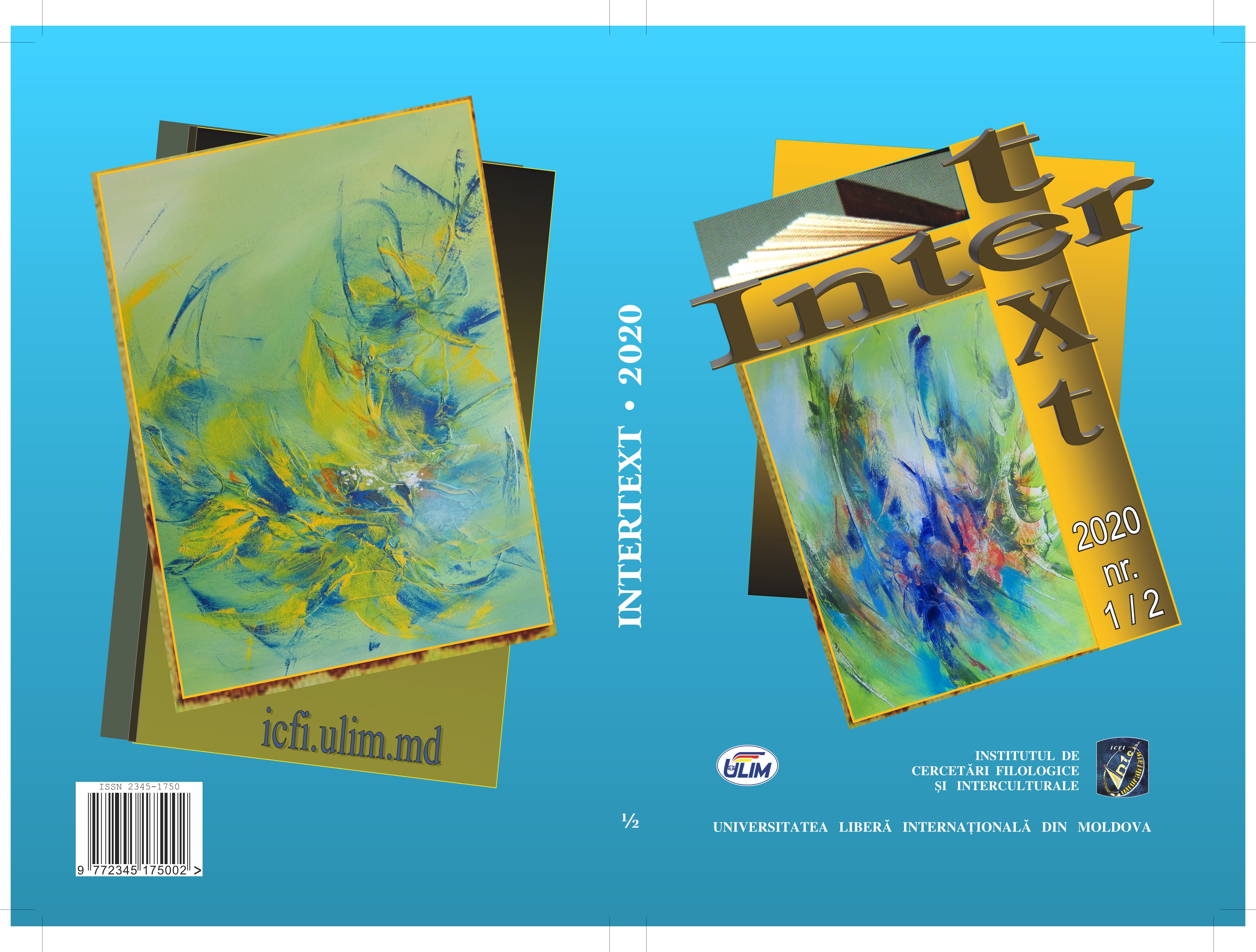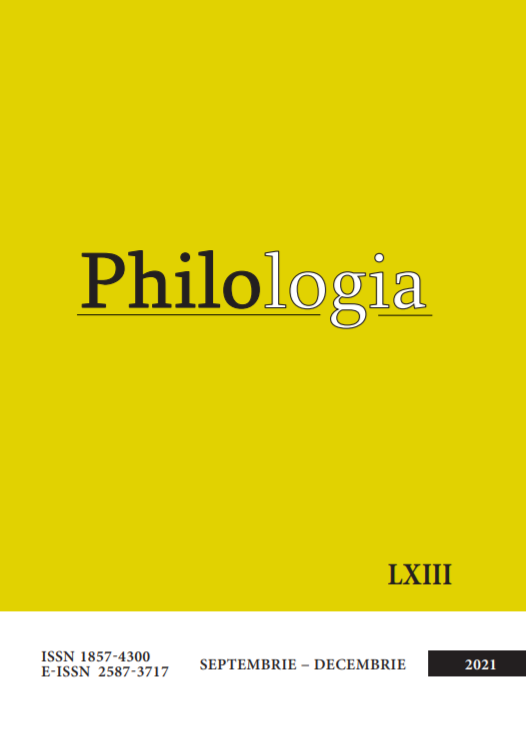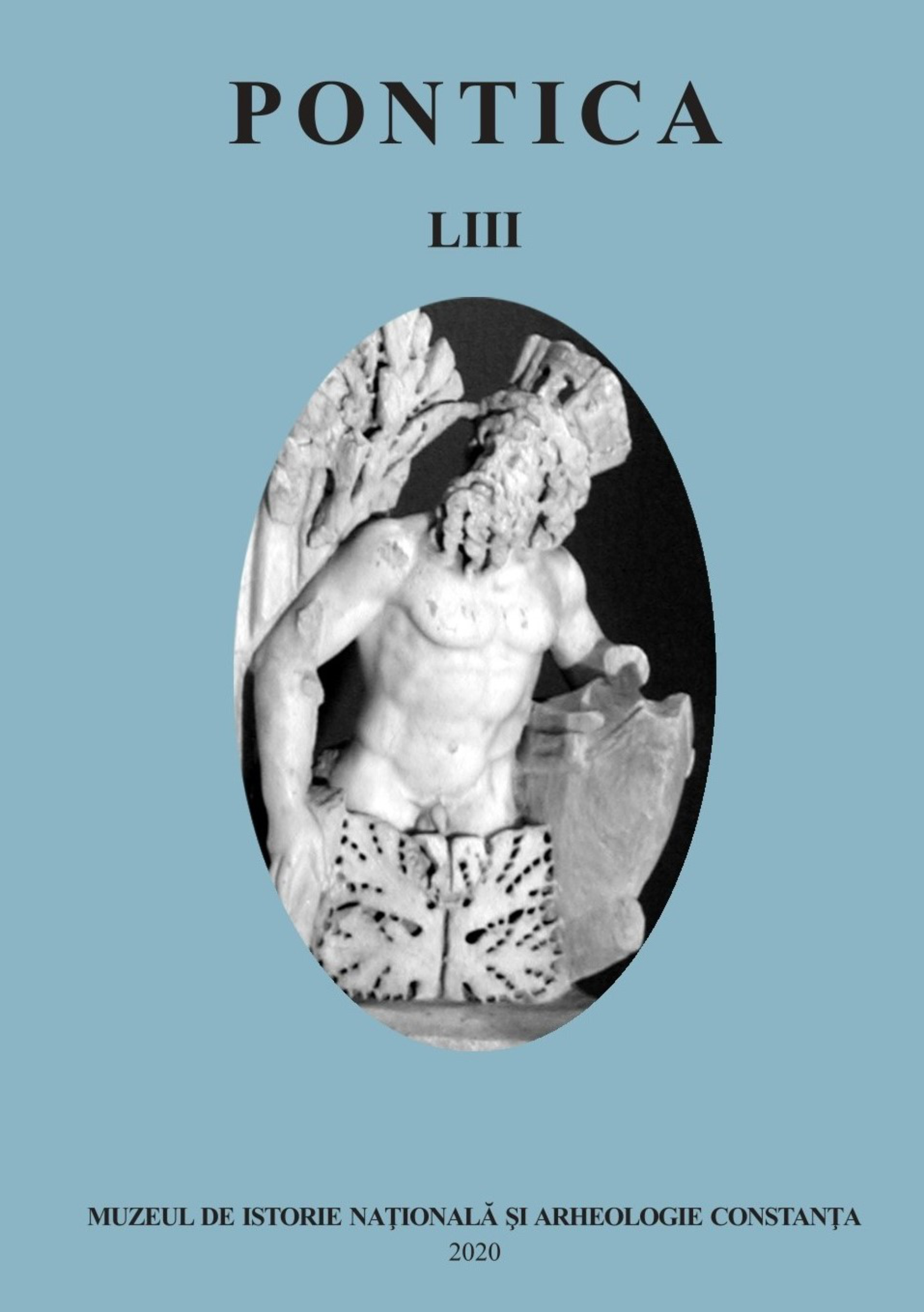
Noi interpretări privind evoluția organizării bisericești pe teritoriul provinciei romane Scythia în secolul al VI-lea p.Chr.
The subject of this paper is the evolution of the ecclesiastical organization in the Roman province of Scythia during the 6th century. Examinating the documentary and archaeological evidence together, the author assumed that Scythia ceased to be an exception in terms of ecclesiastical organization (i.e. an only see – that of Tomis – for the whole province) during the first part of Justinian I's reign (527-565), most likely in 536,when at least 14 ordinary bishoprics were organized in its main cities. Other new ecclesiastical sees were organized in the province during the second half of the 6th century, as it happened in the neighboring Roman province of Moesia Secunda.
More...
